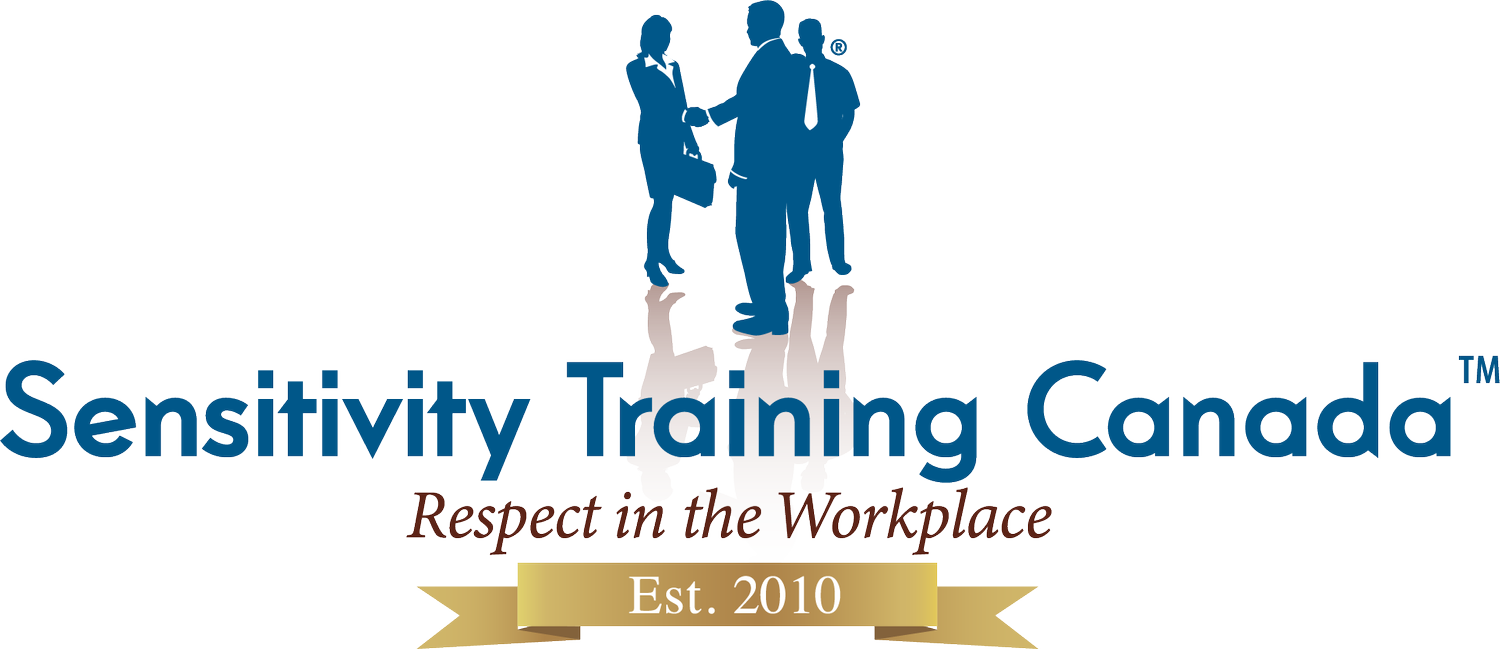Stop Workplace Bullying and Harassment in its Tracks!
While the organizational costs of incivility and toxicity are well documented, bullying at work is still a problem. To optimize workplace wellness, employers must create workplaces where all employees feel safe.
There are different types of bullies. The Workplace Bullying Institute has identified 15 different types of bullying. Take the “Screamer,” who is associated with yelling and fist-banging or the quieter but equally dangerous “Schemer” who uses Machiavellian plotting, gaslighting, and smear campaigns to strip others of resources or push them out. The Schemer doesn’t necessarily have a position of legitimate power and can present as a smiling and eager-to-help colleague or even an innocent-looking intern. While hostile motivation and overt tactics align with the Screamer bully archetype and instrumental, indirect, and covert bullying is typical of the Schemer, a bully can have multiple motives and use multiple tactics — consciously or unconsciously.
Create a safer workplace. W. Edwards Deming famously wrote that 94% of issues in the workplace are systemic, and only 6% attributable to individual-level, idiosyncratic factors. Effectively addressing all types and manifestations of bullying requires a systemic and prevention-focused approach. Effective organizational systems of bullying prevention do not need to be designed from scratch. The mechanisms that support productivity via asynchronous work and facilitate inclusive and psychologically healthy organizations do double-duty in preventing bullying. Training employees in non-violent communication is another important tool. The Effective Communication at Work Workshop from Sensitivity Training Canada is a game-changer that can help to improve communication in your workplace.
Prevent downward bullying. To prevent downward bullying, where the bully targets someone more junior to them, HR and upper management must pay close attention to subtle signals. 360-degree evaluations is a powerful tool to gain insights in this regard.
Prevent upward bullying. In cases where the bully targets someone more senior to them, organizations need cultures of transparency with clear role and behavioral expectations. Training for new managers must include dealing with multiple interpersonal scenarios, including upward bullying. The goal being to ensure that leaders have the confidence, skills, and competencies to address disrespectful, manipulative, or aggressive behaviour head-on and to curtail it at the onset. Additionally, grievance and complaints systems must support supervisors as well as non-supervisory employees.
Prevent peer bullying. Where an individual bullies a peer or a group bullies in multiple directions, organizations should avoid creating environments of unhealthy internal competition. Be sure to distribute resources in fair and transparent ways and balance team-level and individual rewards. Also, ensure that cross-functional partnerships are grounded in shared metrics to incentivize collaboration. In addition, develop mechanisms to constructively air and address the natural tensions that exist at organizational seams.
Addressing bullying in the workplace supports the well-being of employees across the board.
The Sensitivity Training Canada Team


